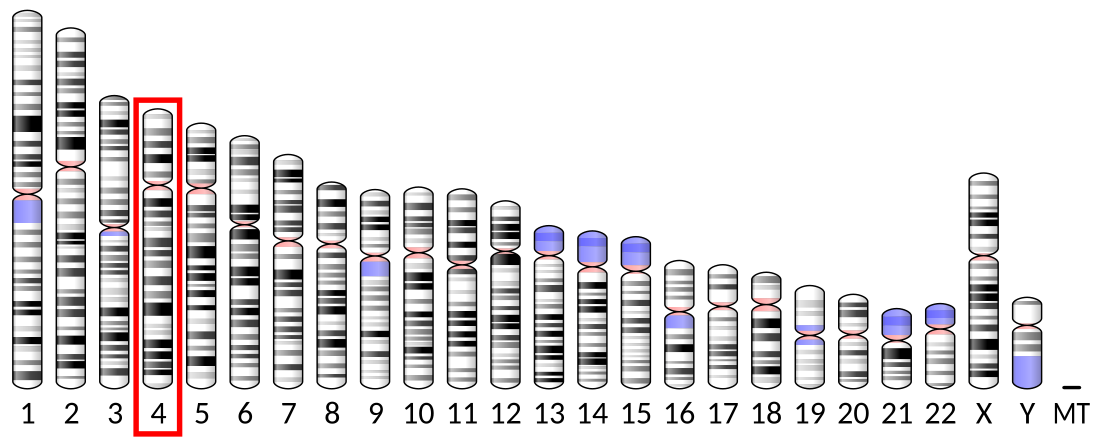Top Qs
Timeline
Chat
Perspective
ACSL1
Protein-coding gene in the species Homo sapiens From Wikipedia, the free encyclopedia
Remove ads
Long-chain-fatty-acid—CoA ligase 1 is an enzyme that in humans is encoded by the ACSL1 gene.[5][6][7]
Remove ads
Structure
Gene
The ACSL1 gene is located on the 4th chromosome, with its specific location being 4q35.1. The gene contains 28 exons.[7]
In melanocytic cells ACSL1 gene expression may be regulated by MITF.[8]
Function
The protein encoded by this gene is an isozyme of the long-chain fatty-acid-coenzyme A ligase family. Although differing in substrate specificity, subcellular localization, and tissue distribution, all isozymes of this family convert free long-chain fatty acids into fatty acyl-CoA esters, and thereby play a key role in lipid biosynthesis and fatty acid degradation.[7] Several transcript variants encoding different isoforms have been found for this gene. This specific protein is most commonly found in mitochondria and peroxisomes.[9]
Remove ads
Clinical significance
ACSL1 is known to be involved in fatty-acid metabolism critical for heart function [10] and nonspecific mental retardation.[11] Since the ACSL4 gene is highly expressed in brain, where it encodes a brain specific isoform, an ASCL1 mutation may be an efficient diagnostic tool in mentally retarded males.[12]
Interactions
ACSL1 expression is regulated by SHP2 activity.[13] Additionally, ACSL1 interacts with ACSL3, APP, DSE, ELAVL1, HECW2, MINOS1, PARK2, SPG20, SUMO2, TP53, TUBGCP3, UBC, UBD, and YWHAQ.[7]
References
Further reading
External links
Wikiwand - on
Seamless Wikipedia browsing. On steroids.
Remove ads






